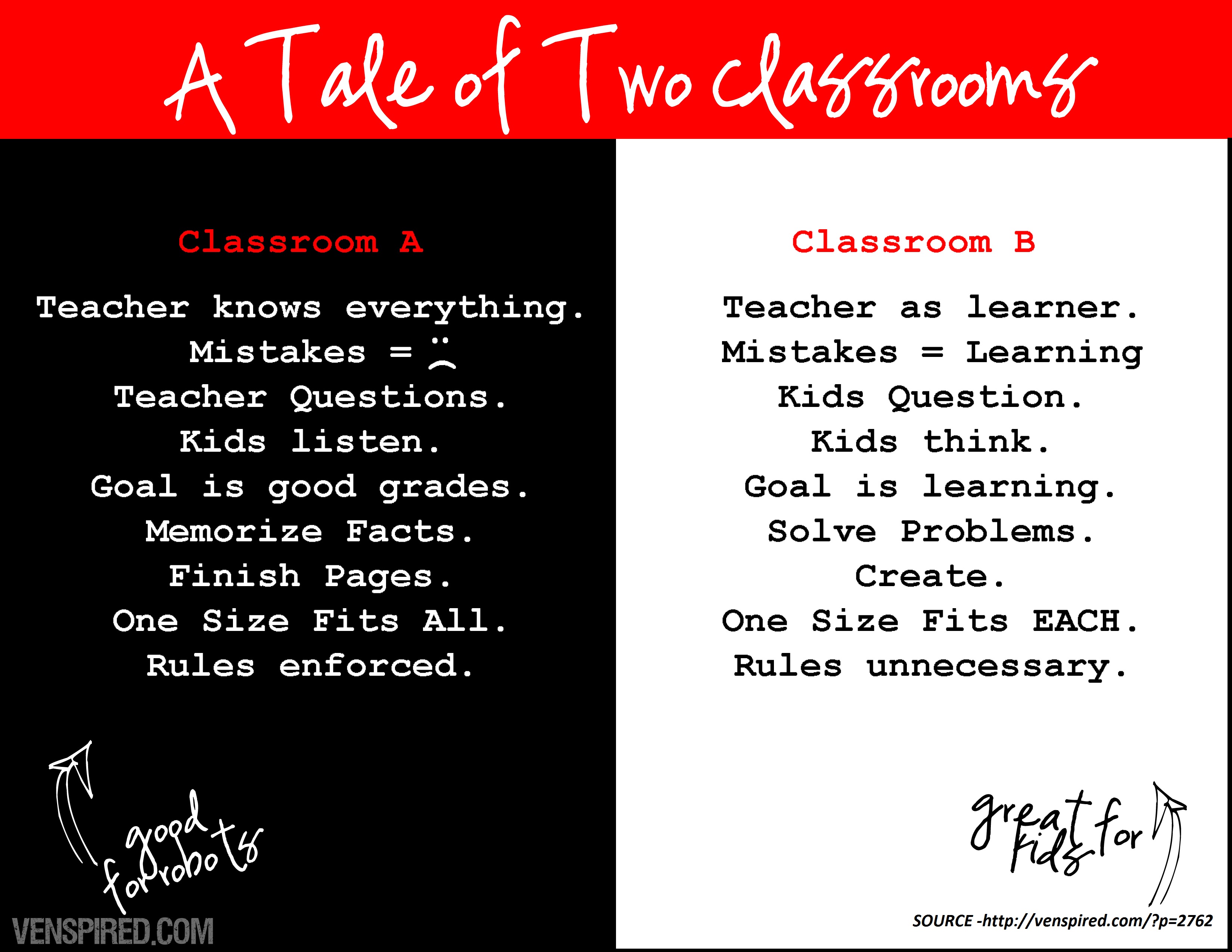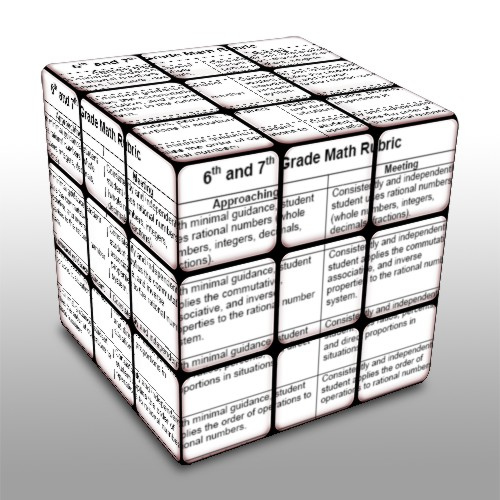Do you feel like first semester just flew by? Can you believe how much learning you and your students have completed so far? I imagine you are ready for a time to step back to focus on family and home and relaxation. You’ve earned it, and I hope your time exceeds your expectations.
Thank you so much for the efforts, expertise, patience and personality you bring to your classroom. I’m so lucky to have the opportunity to work with you. Your students are so lucky to have you! (They may not express it every time, but they do appreciate you!) Best wishes for the upcoming new year!
Al A Carte (12/20/2013)
Undersecretary of Education – Diane Ravitch discusses the new Undersecretary of Education. It’s always important to keep tabs on who is heading up education at the federal level.
Great Public Schools Criteria – NEA’s commitment to quality education is highlighted here. This post shares the proposal of a series of priorities being offered to Congress as a framework for the reauthorization of the Elementary and Secondary Education Act (ESEA).
Hearts in Our Hands – Great reminders on how much responsibility we have as teachers in the lives of students. This post provides nice thoughts that may encourage you as you refocus your energies for second semester.
Package Your Past – An interesting (possibly first day back?) idea for helping students refocus their energies on the second half of the school year.
15-Second Vocabulary – Check out entries in the New York Times Vocabulary Video contest. Students made 15-second videos demonstrating an understanding of the word and its use in a specific context.
Birthday Word Generator – Do you know which words entered the English language around the same time you entered the world? Use the Oxford Dictionary’s online OED birthday word generator to find out!
The History of Education – Enjoy the infographic on where our profession has come from.
Mighty Times – If you’re an Ideas teacher and preparing to use Watsons Go To Birmingham, 1963, here’s a great website to check out. The video materials recommended for use with this novel unit, “Mighty Times”, comes from this website.
Good Reads – Wonderful, updated list of Young Adult titles. A good site to bookmark and refer to periodically. This site will keep you aware of what’s new and what’s hot in YA lit.
Merry Christmas and a Happy New Year!


